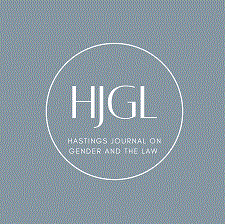
Abstract
Human trafficking has become a fast-growing global criminal activity, affecting just about every country in the world. Each year, at least four million people are trafficked worldwide, with an annual profit of up to seven billion dollars for the trafficking network. Trafficking victims often believe they are accepting jobs in different sectors, but are often taken across borders, sometimes through coercive 31 methods, where they can often end up in exploitative situations. However, not all those who leave their home countries are necessarily trafficking victims. Trafficking and migration are not the same. It is only when a person voluntarily migrates, and upon reaching the destination is then subjected to coercion, violence or threat of violence under exploitative circumstances, that the distinction from migration to trafficking becomes clearly evident. This article addresses the rise of human trafficking, the motivations and incentives that drive people to leave their homelands, and the ways in which both the United States government and nonprofit advocacy groups have utilized the law to create avenues of assistance for victims of trafficking, and finally how this cooperation can improve.
Recommended Citation
Aiko Joshi,
The Face of Human Trafficking,
13 Hastings Women's L.J. 31
(2002).
Available at: https://repository.uclawsf.edu/hwlj/vol13/iss1/5

